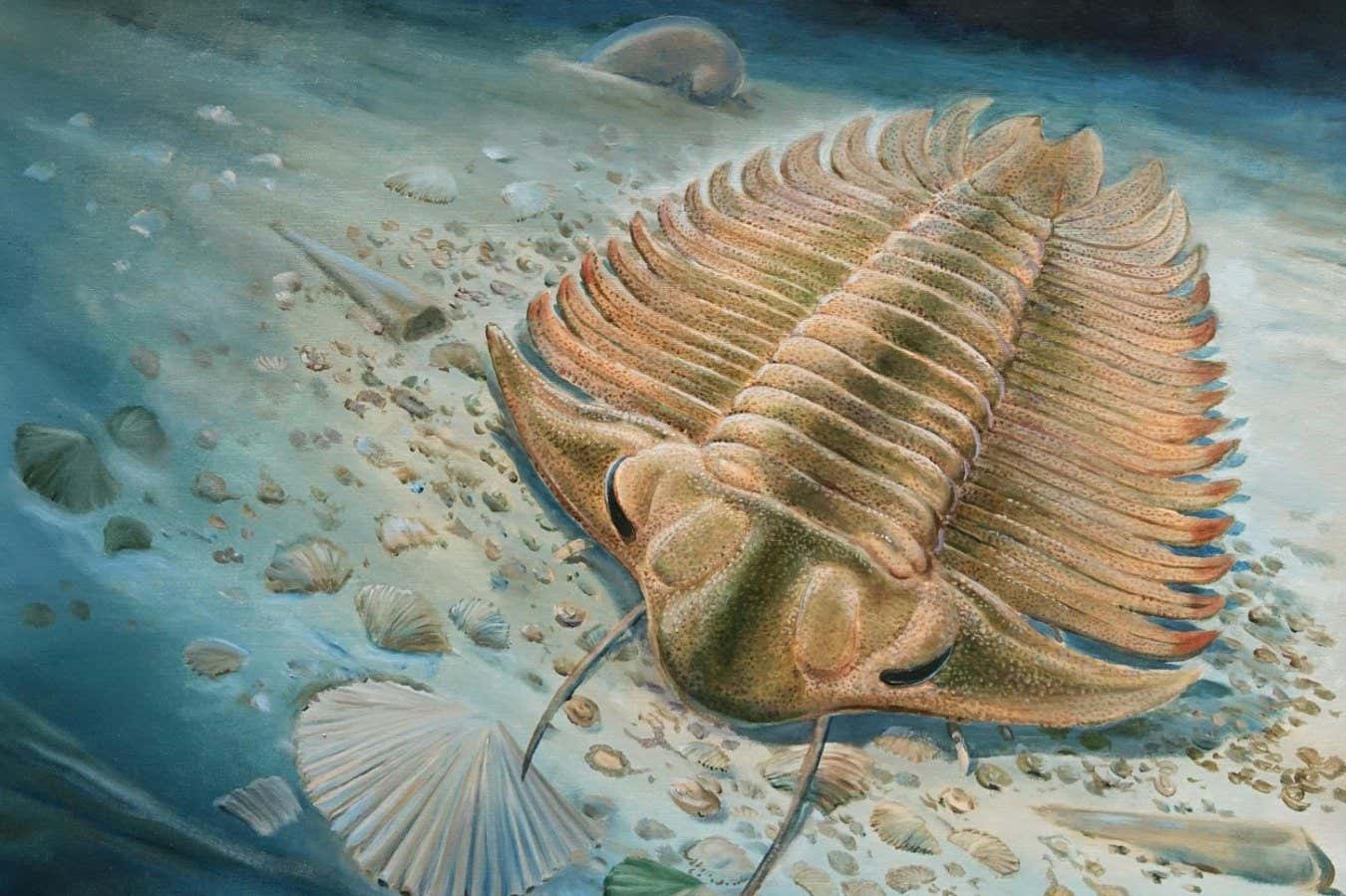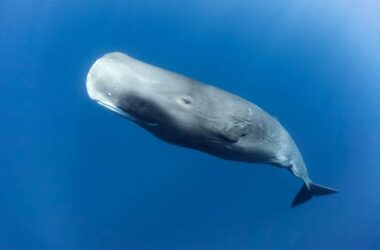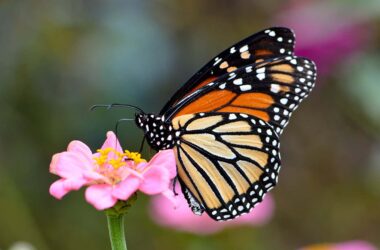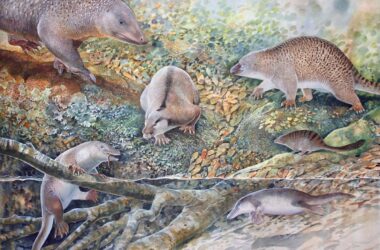For the first time, researchers have discovered a trilobite fossil with its preserved gut contents intact. This finding sheds light on the eating habits of these ancient creatures.
Trilobites, which lived around 521-252 million years ago, were among the earliest sea-dwelling arthropods. While many trilobite fossils have been found over the years, this particular specimen of Bohemolichas incola stands out because its gut contents are still preserved.
According to Per Ahlberg, a scientist at Uppsala University in Sweden, most trilobite fossils are not whole animals but rather the discarded shells from their molting process, similar to modern crabs. As a result, their internal organs are usually not preserved. However, this trilobite fossil was buried alive in an undersea mudslide with a full gut inside.
To investigate the trilobite’s diet, Ahlberg and his team used high-resolution X-rays to create 3D digital reconstructions of the fossil. They then compared the shell fragments found in the gut with known fossil organisms to determine what the trilobite had been eating. The scans revealed crushed shells from ancient crustaceans, echinoderms, and bivalves.
Based on these findings, the researchers concluded that the trilobite had a diverse diet, consuming both living and dead marine organisms. The presence of shell fragments in its gut suggests that it had the ability to either crunch through fragile shells or swallow animals whole. The trilobite likely made its meal choices based on the size and strength of its prey’s shells.
Ahlberg also noted signs of digestion in the gut, indicating that the trilobite ate quickly and consumed food to the point of almost bursting. This behavior may have been a strategy to trigger molting, a process also observed in some modern arthropods.
Insights:
- This discovery provides new information about the feeding behaviors and dietary preferences of trilobites.
- By analyzing the preserved gut contents, scientists were able to determine that trilobites had a wide-ranging diet, consuming various marine organisms.
- The ability to eat quickly and engorge itself may have been an adaptation to trigger molting, similar to some modern arthropods.
- High-resolution X-ray imaging played a crucial role in studying the trilobite fossil and its gut contents.








